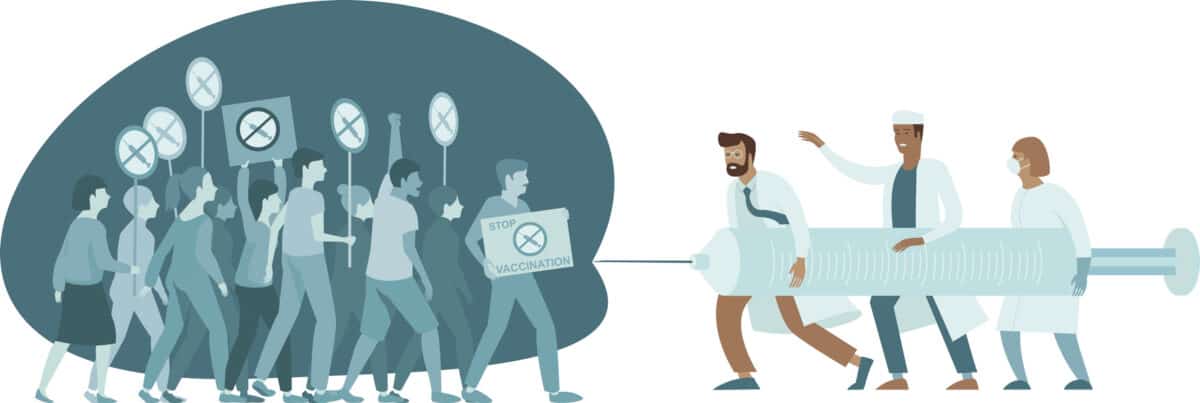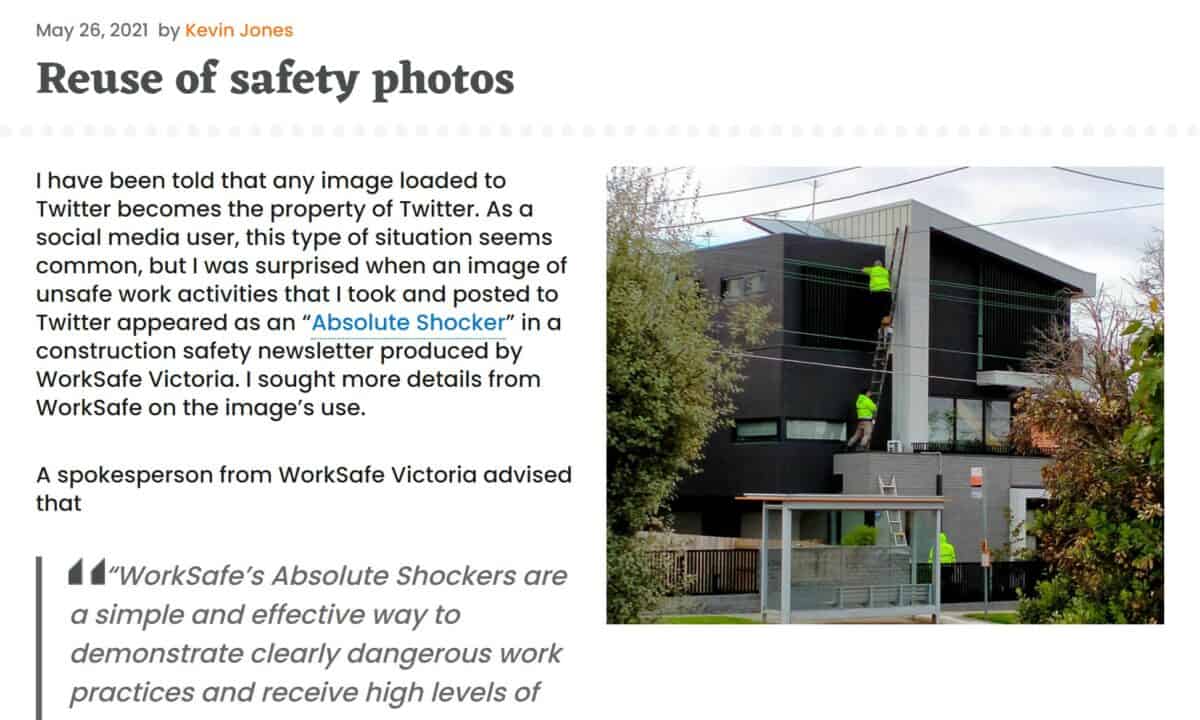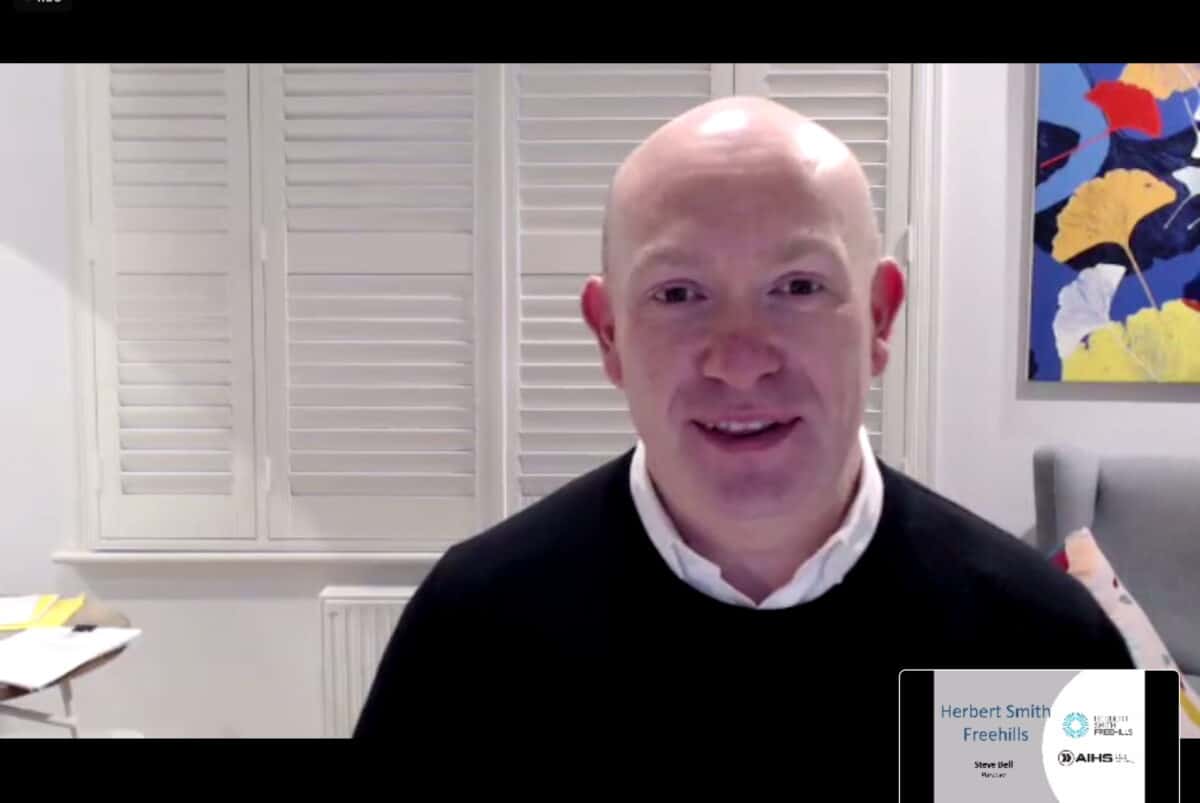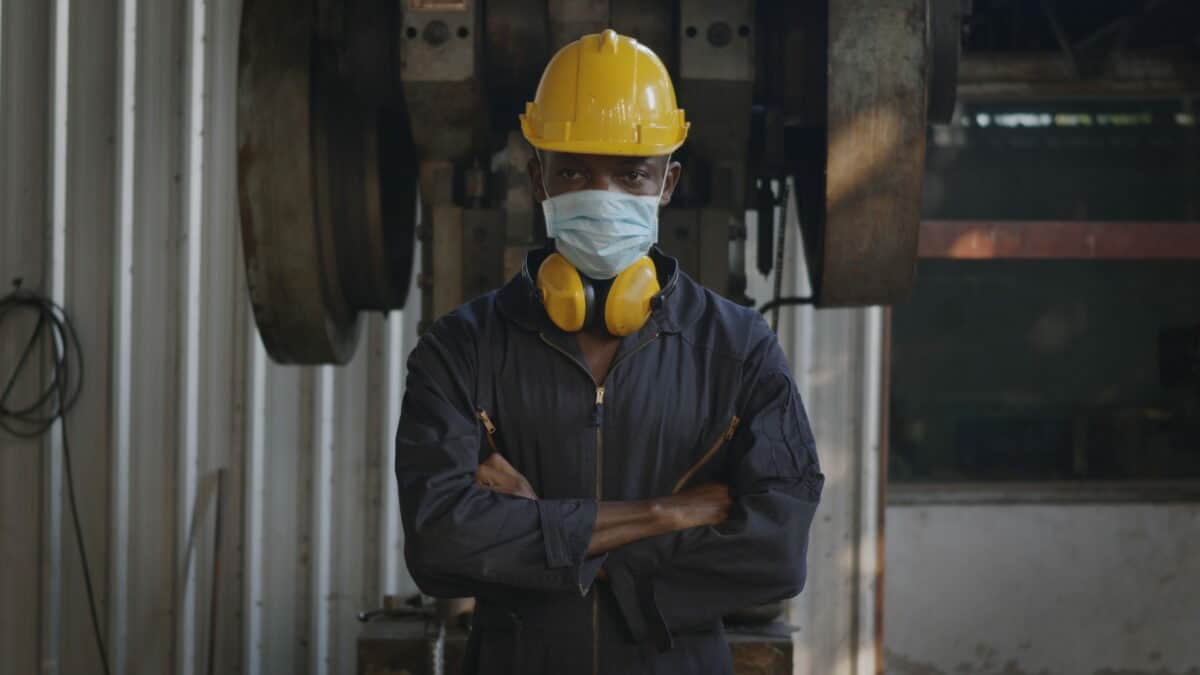Recently Australian law firm Herbert Smith Freehills conducted a webinar on mandatory vaccinations. (2,000 attendees = hot topic) This workplace issue is moving quickly in each Australian jurisdiction and almost every day. There was some helpful advice in this seminar that was, thankfully, not reliant on case law and the avoidance of occupational health and safety (OHS) liability. Below is a discussion of some of the self-analysis and risk assessment that all employers should undertake to manage their workforce through COVID-19.
Category: accountability
Mandatory vaccinations without making vaccinations mandatory
In a little over a month, the Australian conversation about mandatory vaccinations at work has changed dramatically. In early August, food processing company SPC was treated suspiciously over its requirements for its workers, customers, and contractors to be vaccinated against COVID-19. Recently, the New South Wales Premier, Glady Berejiklian, required vaccinations for workers to move outside of certain residential locations. And today, the Victorian Health Minister, Martin Foley, has all but made vaccinations mandatory for the construction industry.
As Berejiklian has shown, you don’t need to impose mandatory vaccinations to make vaccinations mandatory.
Continue reading “Mandatory vaccinations without making vaccinations mandatory”Image reuse resolved, sort of
It has taken several months to obtain some clarity from the Copyright Agency about WorkSafe’s reuse of an image of mine in one of their email broadcasts without my knowledge.
This week the Copyright Agency advised:
Continue reading “Image reuse resolved, sort of”“The Government Statutory Licence, in particular that under s.183 of the Act, allows the Government (Commonwealth and State/Territory Governments) to use copyright for government purposes but they must come to terms with the rightsholder or (for government copies i.e. reproduction) the declared collecting society. It seems that the use of your image by WorkSafe Victoria in the manner you describe likely falls within the uses allowed under s.183.
Steve Bell outlines the challenges for the OHS profession and Regulators
Almost every year, for a couple of decades, Herbert Smith Freehills (HSF) and the Australian Institute of Health and Safety (AIHS) have conducted a breakfast seminar to “launch” the year. That schedule has been cocked up by COVID-19, but the events continue.
The August 2021 breakfast featured several of the usual speakers but with the omission of the Minister for Workplace Safety or a senior representative of Worksafe Victoria. As a result, the event dragged a little. Most of the information was useful, but the event lacked the spark it often has. Perhaps this was the online format, perhaps the mix of speakers, perhaps the 90-minute length.
NZ research into transport industry OHS is relevant everywhere
In 2019, Victorian Premier Daniel Andrews flagged that incidents involving commercial vehicles would be reflected in workplace health and safety statistics. There has been little visible change on this pledge. Still, recently WorkSafe Victoria reviewed its work-related fatality statistics to include truck fatalities and other causes of work-related deaths for the last couple of years. Guess what, the number of deaths almost doubled for that period from 26 to 49!! What would the rate of serious injuries be if it was also reassessed?
New Zealand undertook a similar exercise a few years ago, which has led to a significant research project into that country’s transport industry and supply chains, a research project with substantial relevance to Australia and elsewhere.
Does the tail wag the dog or vice versa?
Trade union opposition to mandatory vaccinations against the Covid-19 virus continues, primarily because they feel left out of the conversation at SPC. However, the support for at least not dismissing mandatory vaccinations is growing.
In The Australian on August 18 2021, the lawyer advising SPC on its vaccination policy, Joel Zyngier of Gilchrist Connell, said
“Twelve months ago we didn’t have the option of vaccination; it wasn’t a reasonably practicable step. Six months ago, we didn’t have the option of vaccination; it wasn’t a reasonably practicable step. Now it’s a reasonably practicable step and so it’s something that employers must consider as part of their occupational health and safety or work health and safety duties,”
Save lives or save money – the OHS tension
There are two core elements to the work of the occupational health and safety (OHS) professional – the management of Safety and the management of Safety Liability. In the simplest of terms, the former saves lives and the latter saves money. OHS (and politics) has always involved juggling these two extremes.
There are many examples of this tension but the most obvious, at the moment, is COVID-19 and the vaccination of workers.






